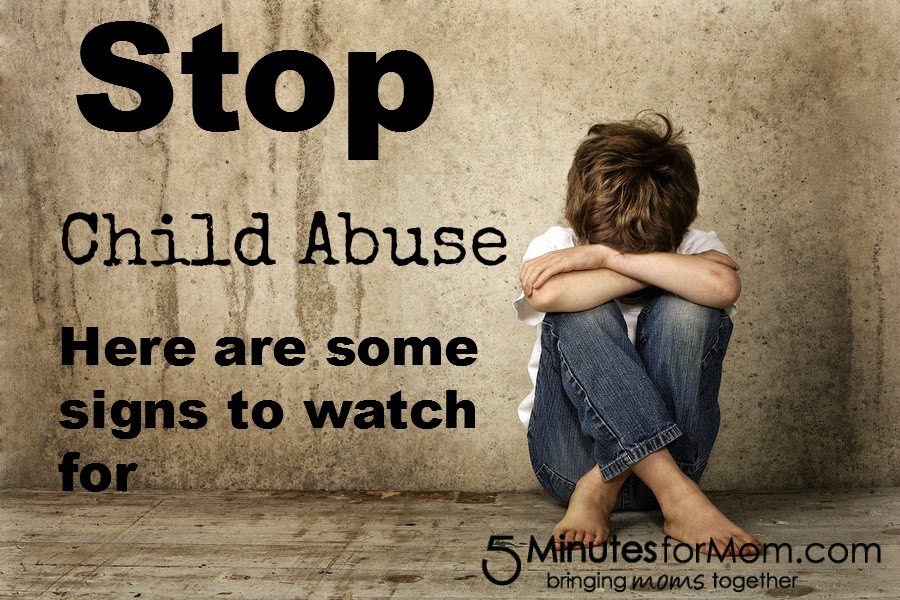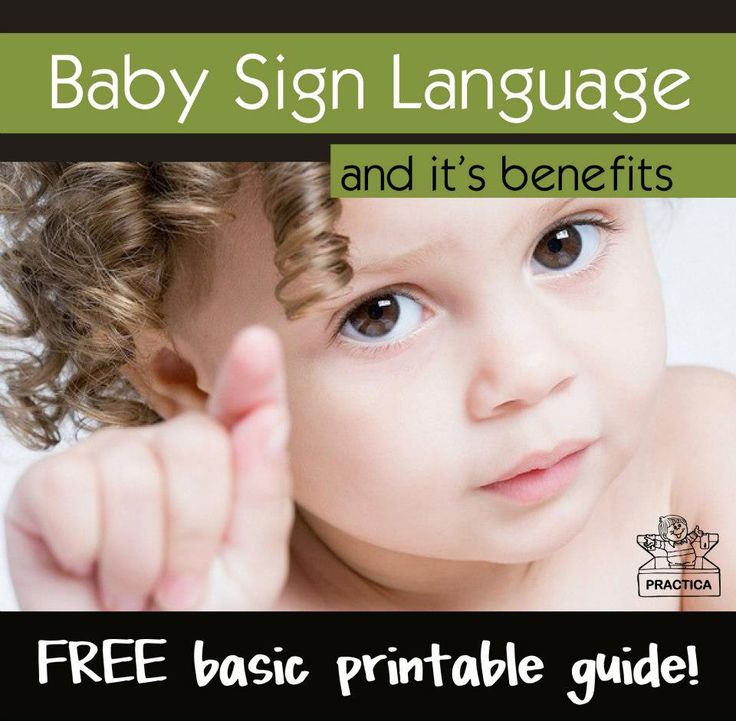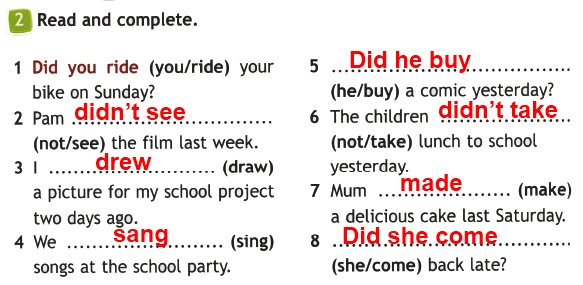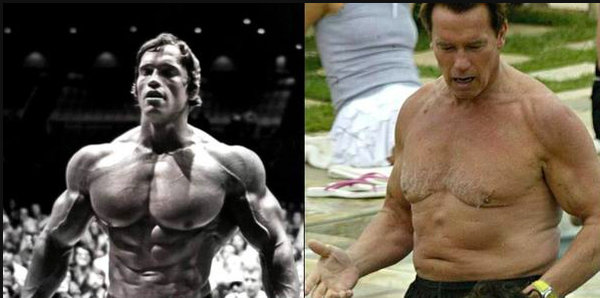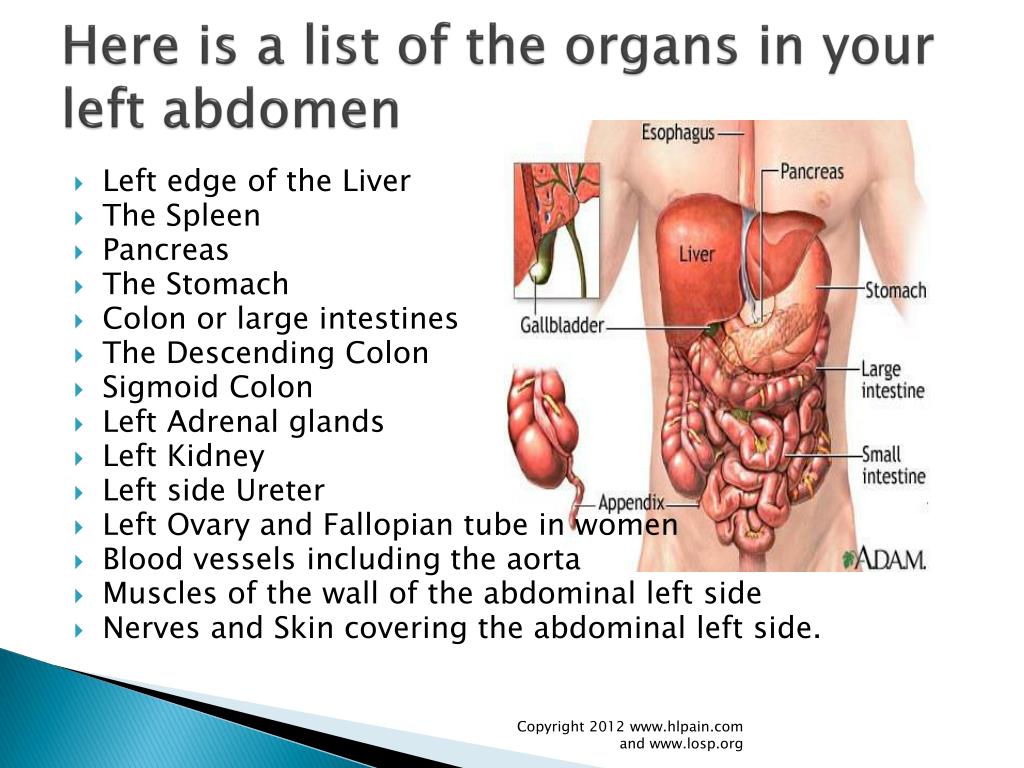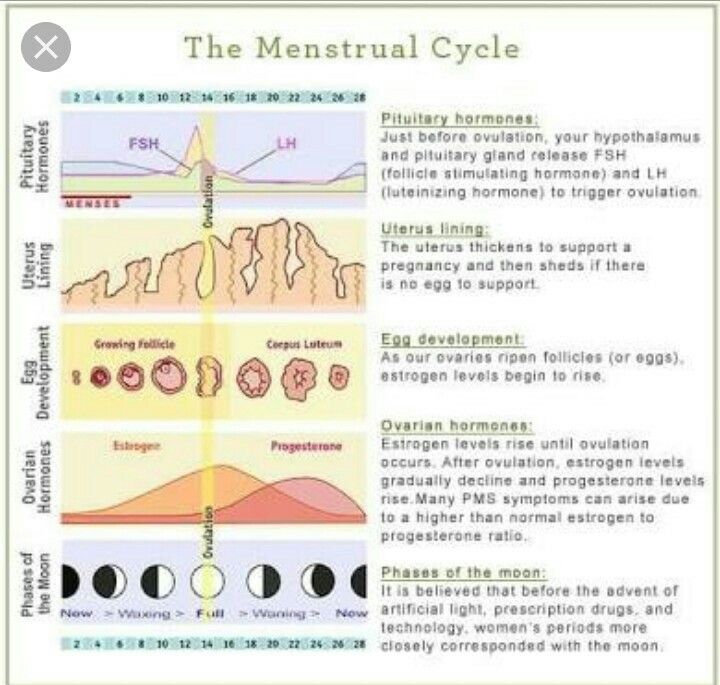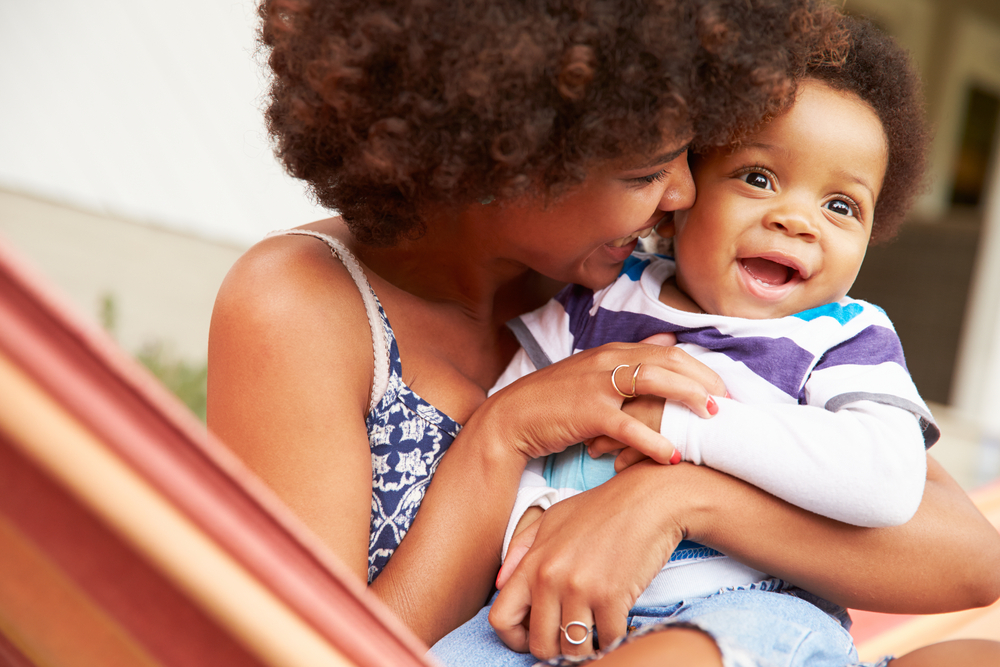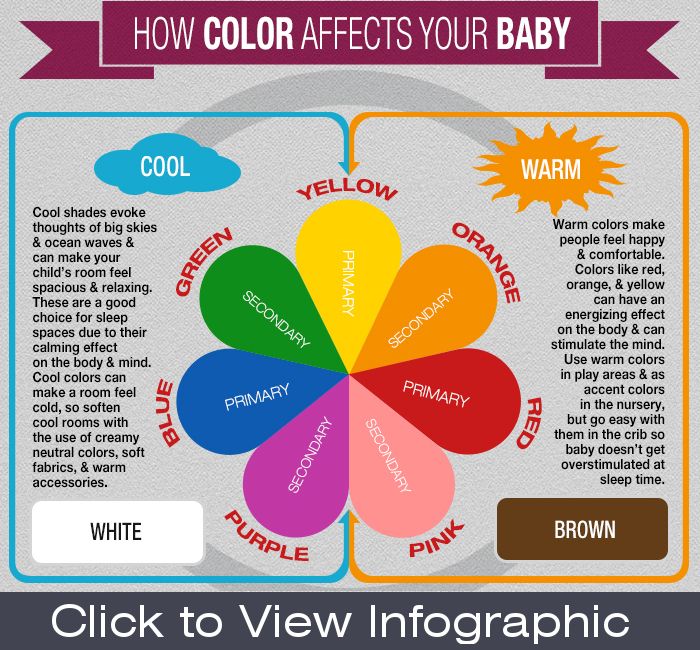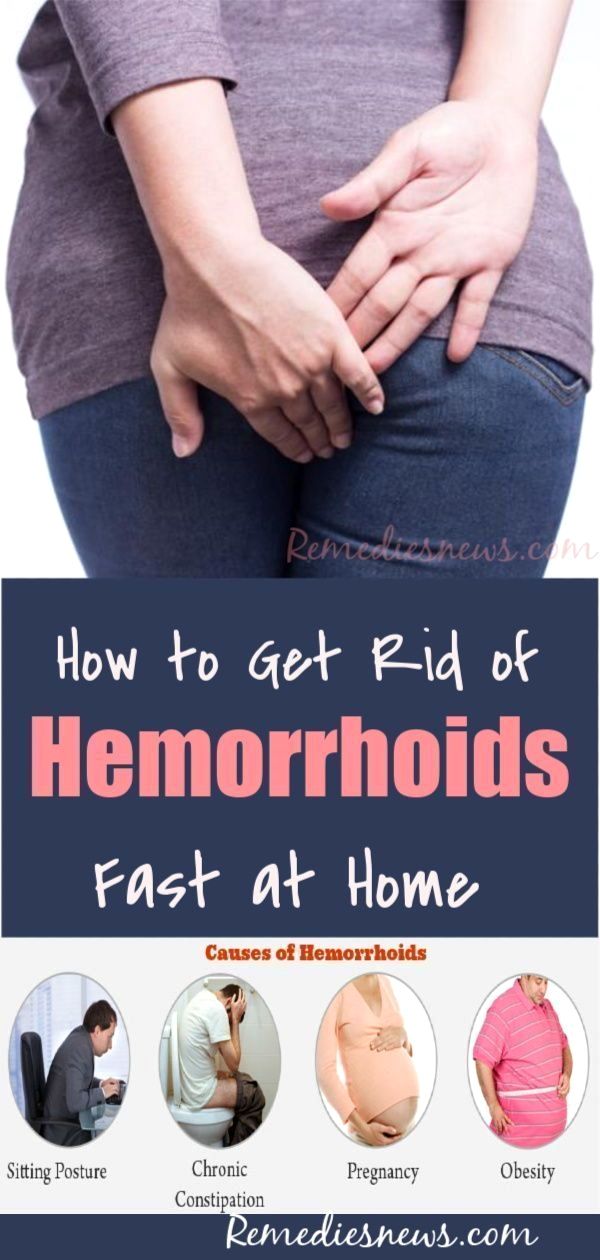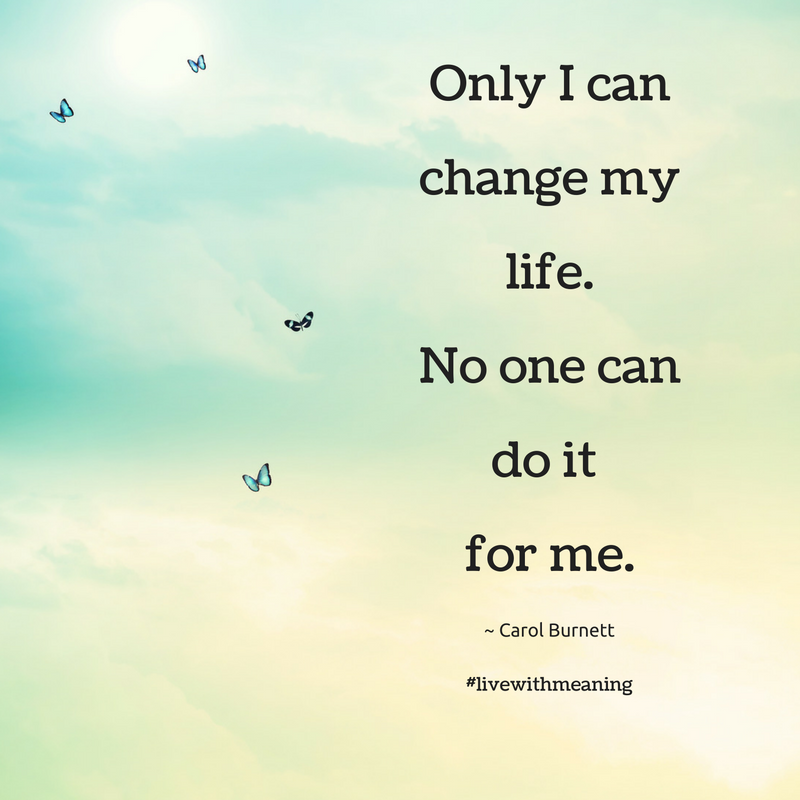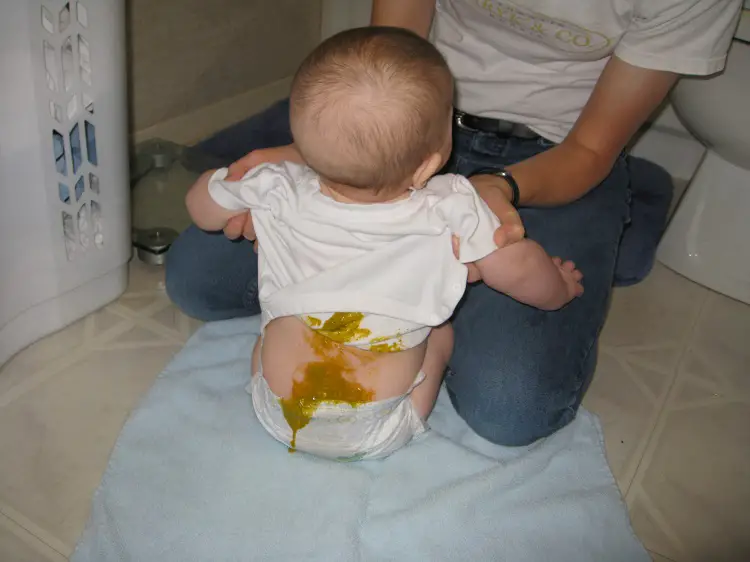Signs of baby abuse
Signs & Symptoms | Child Abuse
- infants excessive crying or developmental delay
- fear, anxiety, clinging
- phobias
- nightmares, sleeping problems
- bed wetting
- social withdrawal
- hyperactivity
- poor concentration/distractibility
- decreased school performance
- chronic school absenteeism
- speech disorders
- regressive behavior for age
- seems afraid of parent
- eating issues
- depression, passivity
- increased verbal abuse or physically aggressive behavior with others
- destroys or injures objects or pets
- substance abuse
- self-harm such as cutting
- sexualized behavior
- symptoms of PTSD
- avoidance of undressing
- withdrawal to touch, afraid of exam
- overly compliant, especially with difficult or painful parts of the exam
- headaches
- abdominal pain, chronic
- abdominal pain, acute – blunt trauma may not show external marks – look for distention, tenderness, absent bowel sounds
- vague somatic complaints, often chronic
- worsening medical problems, such as asthma
- frequent, unexplained sore throat
- abnormal weight gain or loss
- reluctance to use an extremity
- difficulty walking or sitting
- genital discomfort or painful urination or defecation
- unexplained symptoms - look for poisoning, forced ingestion of water, salt (Munchausen by proxy)
- vomiting, irritability or abnormal respiration may represent head trauma
- poor hygiene
- dressed inappropriately for weather
- failure to thrive, poor weight gain, malnutrition
- lack of care of medical needs; wound care, medication
- see fractures
- dislocations
- see bruising
- defensive injuries on forearms
- bites - human bites are more superficial than animal, and show up better 2-3 days later
- burns – (in 6-20% of abused children) cigarette, rope, immersion, or shape of hot object
- is the severity of the burn consistent with length of contact by history?
- cigarette burns circular, 8-10mm deep, heaped margin - may be confused with impetigo or moxibustion
- stun gun burns occur in pairs, 0.
5cm diameter and 5cm apart
- immersion burns have sharp line of demarcation without drip or splash marks
- signs of restraints on axilla or extremities
- trauma to ear
- lacerations
- traumatic hair loss
- facial injuries without good explanation
- oral/dental injuries, such as torn or bruised frenulum, lips, teeth, palate, tongue or oral mucosa
- injuries from non-ambulatory child may be "bottle jamming"
- lacerations or tissue damage to oral structures may come from eating utensils, scalding or caustic liquids
- scarring/bruising at corners of mouth from being gagged
- oral injuries/STDs from forced oral sex
- head injury, mental status change
- retinal hemorrhage
- subdural hematoma
- intra-abdominal trauma, usually to multiple organs
- bruising, tearing, bleeding, discharge from genital or rectal area
- diagnosed STD or pregnancy
[Adapted from multiple sources listed in Resources and References]
Warning!
Parents may seem evasive or inconsistent in their story due to language or cultural differences, or to being embarrassed or afraid relating to some other issue.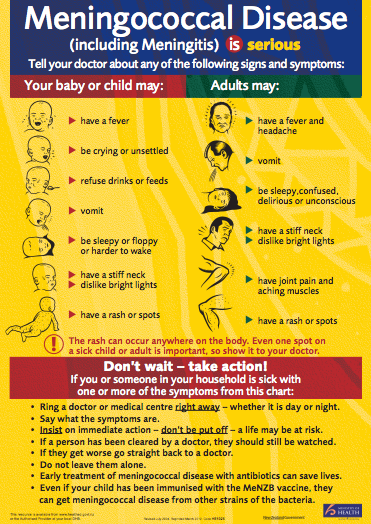 Cultural/language difficulties may also lead to delayed care.
Cultural/language difficulties may also lead to delayed care.
What are age-appropriate normal sexual behaviors?
Children may be injured by domestic violence via:
- being too small to get out of the way
- trying to intervene
- becoming an object of abuse
- being neglected by the abused parent, who may be focused on their own fear or depression
Red flags with injuries:
- explanation doesn’t fit the injury as to pattern, timing, or developmental ability of child
- explanation keeps changing
- child is consistently blamed as cause of repeated injuries
- significant injuries attributed to a young sibling
- delay in seeking medical care
- history of multiple ED visits
- frequent change of primary care provider
Parental risk factors:
- rigid, severe discipline
- strongly responds to negative behaviors, ignores child's positive behaviors
- ridicules child in public
- isolates child socially or from other family members
- seems overprotective or jealous
- unrealistic expectations of child development or behavior for age
- parent is caregiver for child with significant cognitive, physical or emotional disabilities
- child unwanted, unplanned
- lack of emotional interaction with child
- inappropriate over or under concern about injury
- partial confession
- depression
- difficulty controlling emotions, esp.
 anger
anger - substance abuse
- teen parenthood
- family stress such as divorce, job loss
How to Identify Child Abuse Ages 0-5
How to Identify Child Abuse Ages 0-5 - Signs of Abuse in Toddlers and Children| Age 0-5, Parent Resources
Sometimes it is difficult to understand exactly what child abuse and neglect are. Child abuse can be a one-time occurrence but more often it is a pattern of behavior involving regular physical attacks or acts of deprivation or molestation. Frequently, the longer child abuse goes on, the more serious the consequences.
| Abuse Type: | Child Abuse Includes: | Common Signs: |
| Physical Abuse: | This occurs when someone such as a child parents or day care provider hits or otherwise hurts a child.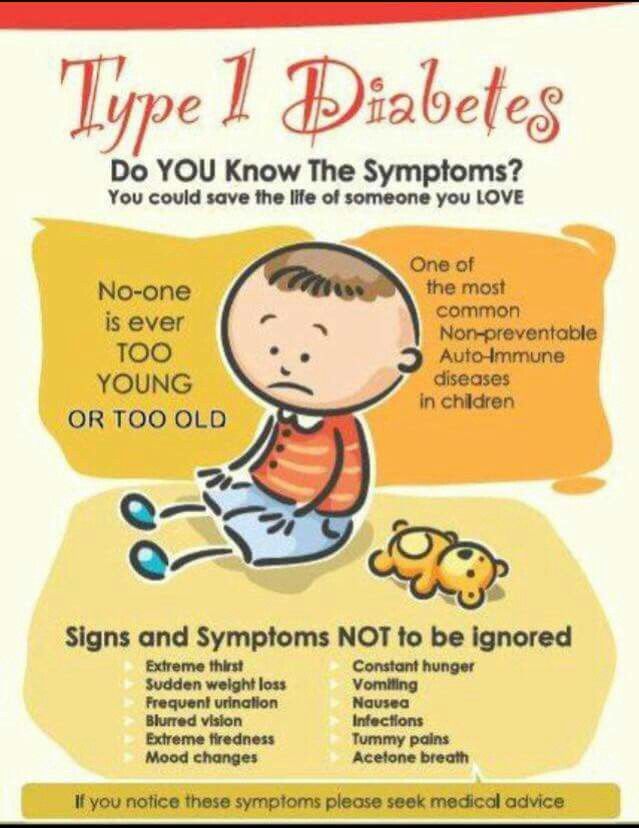 |
|
|---|---|---|
| Sexual Abuse: | This happens when someone performs a sexual act on the child or forces a child to perform one on them. This includes touching a child in private areas such as the vagina, breast or penis. |
|
| Emotional Abuse: | This occurs when a parent treats a child in ways that make the child feel unwanted, or like a bad person so much that the child’s normal development, learning or behavior suffers. This may include harshly criticizing or frequently blaming the child or making the child feel unwanted. |
|
| Shaken Baby Syndrome: | This type of abuse occurs when someone forcefully shakes a baby or is much too rough when handling a baby. This is the most common way that a young child becomes seriously brain injured or dies as a result of abuse. |
What can cause parents to hurt their children?
- Too much stress at home and/or school.
- Uncontrolled anger or feelings of frustration.
- Depression; feeling all alone.
- Not enough money for living expenses.
- Violence in the home or in relationships.
- Drug or alcohol abuse: your own or by those close to you.
- Feeling too sick or too tired to cope with a child’s needs.
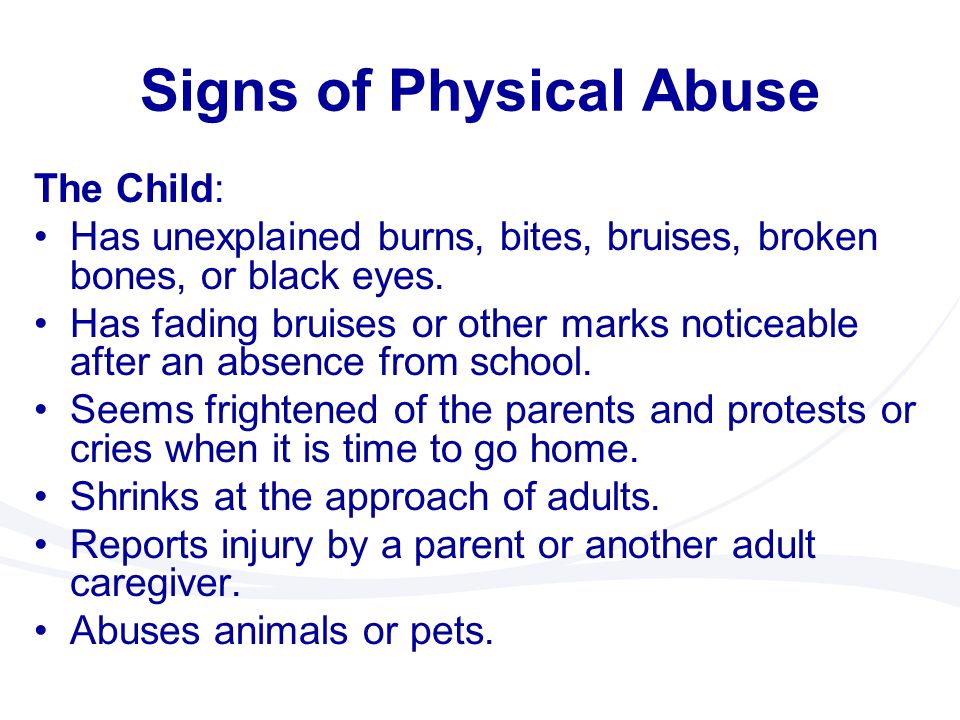
For more on your child and helpful facts please click on:
Link I
Let us help, The Whole Child can treat child and get your family back on track. For more information about child abuse and our Parent Enrichment program, contact us today at 562.692.0383.
© 2022 The Whole Child. All rights reserved.
The Whole Child is a 501(c)(3) tax-exempt charitable organization.
Website by Spark Creative
Child abuse
Child abuse- Healthcare issues »
- A
- B
- B
- G
- D
- E
- and
- 9000 O
- P
- R
- S
- T
- U
- F
- X
- C
- H
- W
- W
- B
- S
- B
- E
- S
- I
- Popular Topics
- Air pollution
- Coronavirus disease (COVID-19)
- Hepatitis
- Data and statistics »
- News bulletin
- The facts are clear
- Publications
- Find a country »
- A
- B
- in
- G
- D
- E
- С
- and
- L 9000 P
- C
- T
- U
- Ф
- x
- h
- Sh
- 9
- WHO in countries »
- Reporting
003
- Regions »
- Africa
- America
- Southeast Asia
- Europe
- Eastern Mediterranean
- Western Pacific
- Media Center
- Press releases
- Statements
- Media messages
- Comments
- Reporting
- Online Q&A
- Developments
- Photo reports
- Questions and answers
- Update
- Emergencies "
- News "
- Disease Outbreak News
- WHO Data »
- Dashboards »
- COVID-19 Monitoring Dashboard
- Basic moments "
- About WHO »
- CEO
- About WHO
- WHO activities
- Where does WHO work?
- Governing Bodies »
- World Health Assembly
- Executive committee
- Main page/
- Media Center /
- Newsletters/
- Read more/
- Child abuse
WHO/S.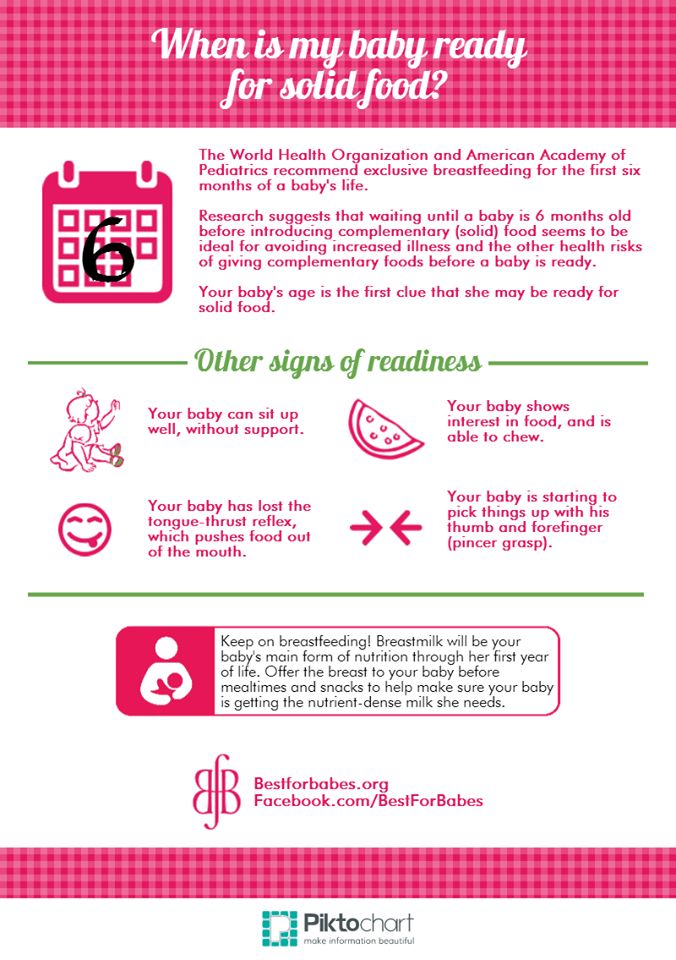 Becker
Becker
© A photo
\n
Magnitude of the problem
\n
\nChild maltreatment is a global problem with serious life-long consequences. Although studies have recently been carried out in some low- and middle-income countries, much data is still lacking.
\n
\nChild maltreatment is a complex and difficult issue to study. Available estimates vary widely depending on the country and the research method used. Grades depend on the following aspects:
\n
- \n
- applicable definitions of child abuse;\t \n
- type of child abuse being studied; \n
- statistical coverage and quality of official statistics; \n
- coverage and quality of surveys that require reports from victims themselves, parents or caregivers. \n
\n
\nHowever, international studies show that one quarter of all adults were physically abused as children, and that 1 in 5 women and 1 in 13 men were sexually abused as children. In addition, many children are victims of emotional (psychological) abuse and neglect.
In addition, many children are victims of emotional (psychological) abuse and neglect.
\n
\nAn estimated 41,000 murders of children under the age of 15 occur each year. This figure underestimates the true extent of the problem, as a significant proportion of child abuse deaths are incorrectly attributed to falls, burns, drowning, and other causes.
\n
\nIn armed conflict and refugee camps, girls are particularly vulnerable to sexual violence, exploitation and abuse by the military, security forces, other members of their communities, humanitarian workers and others.
\n
Consequences of child abuse
\n
\nChild abuse hurts children and families and can have long-term consequences. Abuse leads to stress, which is associated with impaired early brain development. Extreme stress can disrupt the development of the nervous and immune systems.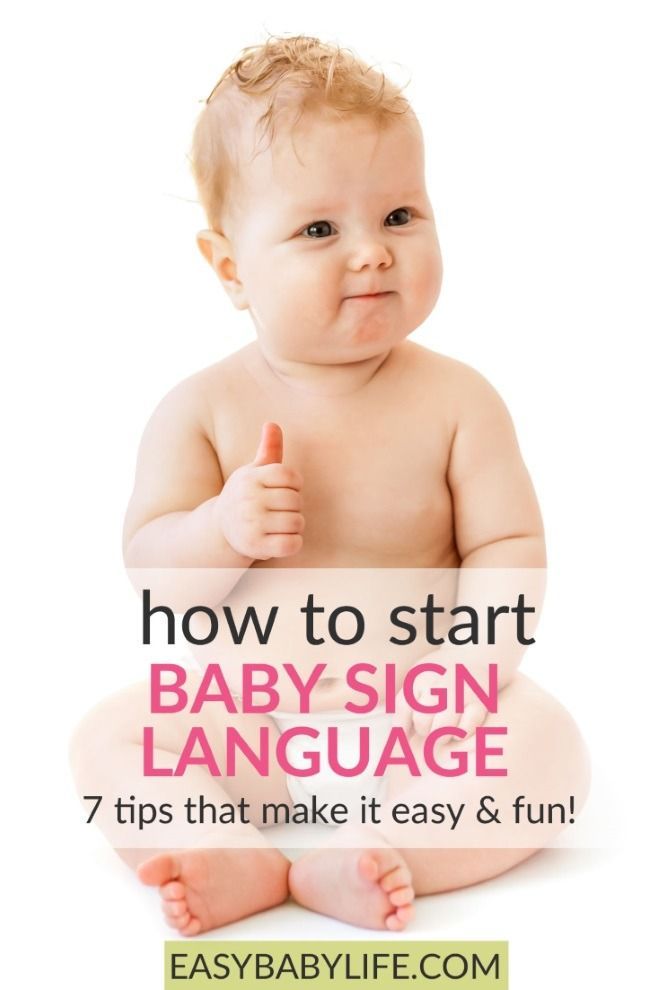 As a result, in adulthood, people who were abused as children are at increased risk of behavioral and physical and mental health problems, such as:
As a result, in adulthood, people who were abused as children are at increased risk of behavioral and physical and mental health problems, such as:
\n
- \n
- committing or being a victim of violence;\t \n
- depression; \n
- smoking; \n
- obesity;\n \n
- high risk sexual behavior; \n
- unplanned pregnancy; \n
- Harmful use of alcohol and drugs. \n
\n
\nAs a result of these behavioral and mental health consequences, abuse can lead to heart disease, cancer, suicide, and sexually transmitted infections.
\n
\nIn addition to the health and societal impacts, child maltreatment also has economic impacts, including hospitalization costs, mental health care, child care, and long-term health costs.
\n
Risk factors
\n
\nRisk factors for child abuse have been identified.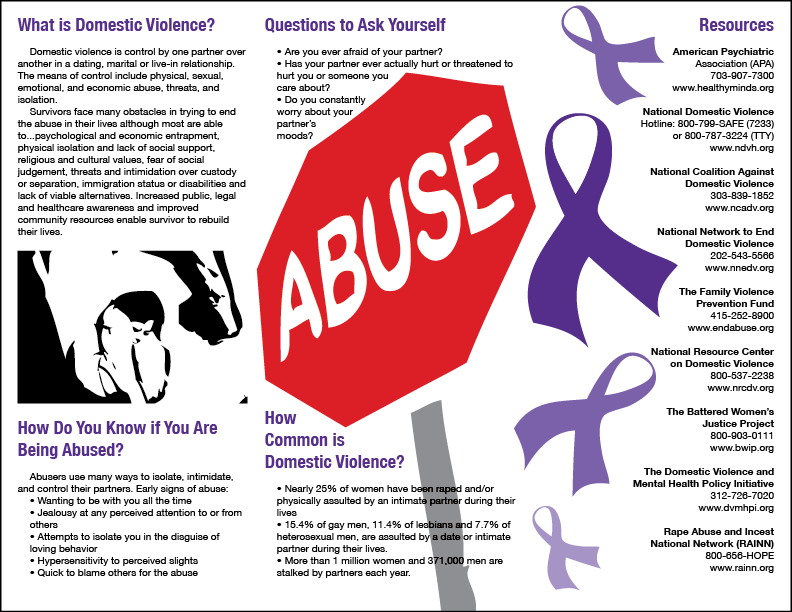 These risk factors are not present in all social and cultural settings, but they give a general idea when trying to understand the causes of child abuse.
These risk factors are not present in all social and cultural settings, but they give a general idea when trying to understand the causes of child abuse.
\n
Child
\n
\nIt is important to emphasize that children are victims and should never be blamed for abuse. Some individual characteristics of a child may increase the likelihood of abuse:
\n
- \n
- a child under 4 years of age or a teenager;\n \n
- a child who is unwanted or does not live up to parental expectations; \n
- a child who has special needs, who cries constantly, or who has abnormal physical features. \n
\n
Parents or caregivers
\n
\nSome characteristics of parents or caregivers may increase the risk of child abuse. Among them are the following:
\n
- \n
- difficulties associated with the newborn;\n \n
- leaving the child without attention; \n
- childhood abuse; \n
- ignorance of child development or unrealistic expectations; \n
- harmful use of alcohol or drugs, including during pregnancy; \n
- involvement in criminal activity; \n
- experiencing financial difficulties.
 \n \n
\n \n
\n
Relationships
\n
\nA number of factors in relationships within families or between sexual partners, friends, and peers can increase the risk of child abuse, such as :
\n
- \n
- problems in the field of physical or mental health or development of any family member;\n \n
- discord in the family or violence between other family members; \n
- isolation in the community or lack of a supportive circle; \n
- lack of support in raising a child from other family members. \n
\n
Community and social factors
\n
\nA number of characteristics of individual communities and communities can increase the risk of child abuse. They include:
\n
- \n
- gender and social inequality; \n
- lack of adequate housing or family support services and institutions; \n
- high rates of unemployment and poverty; \n
- easy access to alcohol and drugs; \n
- inappropriate policies and programs to prevent child abuse, child pornography, child prostitution, and child labor;\n \n
- social and cultural norms that support or glorify violence against others, favor the use of corporal punishment, require strong gender roles or belittling the status of the child in the relationship between parents and children; \n
- social, economic, health, and educational policies that lead to poor living standards or socioeconomic inequality or instability.
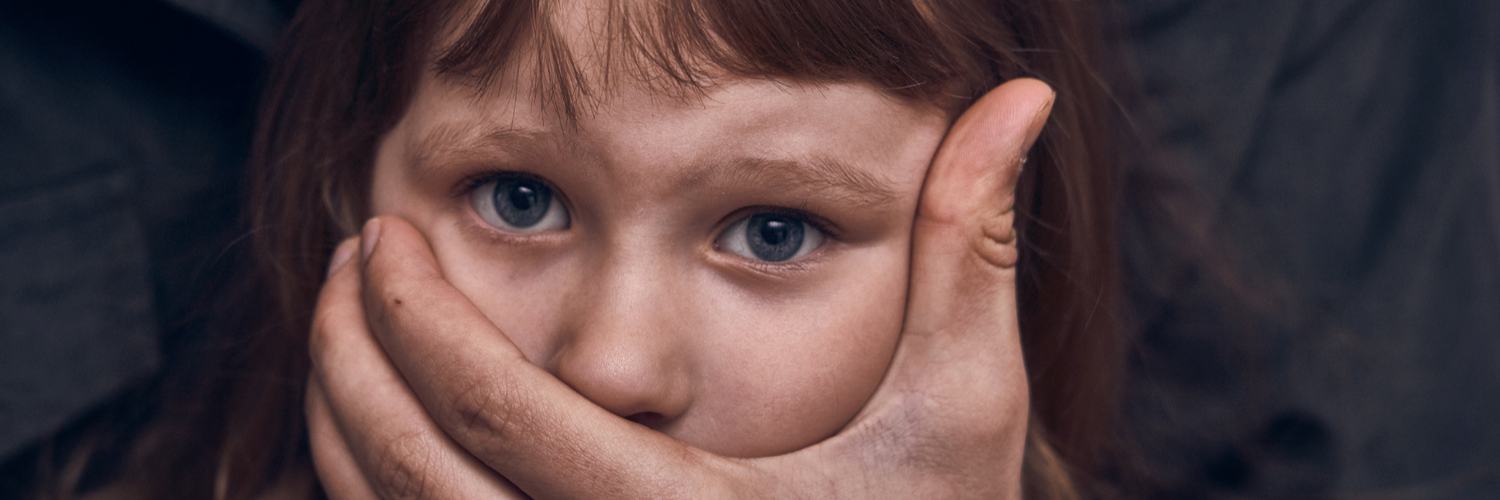 \n
\n
\n
Prevention
\n
\nPrevention of child abuse requires a multisectoral approach. Effective programs are those that support parents and instill positive parenting skills. They include:
\n
- \n
- Nursing home visits to parents and children for support, education and information;\n \n
- Parent education, usually in groups, to improve child-rearing skills, increase knowledge of child development, and encourage positive treatment strategies with kids; and \n
- multi-component activities, typically including parent support and education, early childhood education, and child care. \n
\n
\nOther prevention programs are also promising in some respects.
\n
- \n
- Abuse Head Injury Prevention Programs (also called Shaken Baby Syndrome and Inflicted Traumatic Brain Injury).
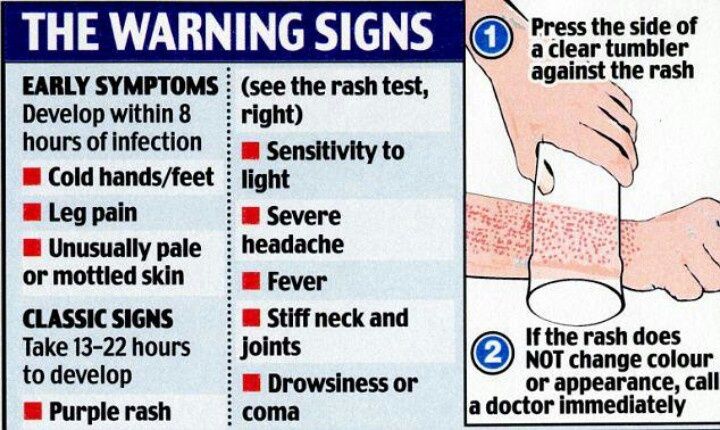 These are usually hospital-level programs targeting young parents prior to their discharge, educating them about the dangers of shaken baby syndrome and recommending interventions for inconsolably crying babies. \n
These are usually hospital-level programs targeting young parents prior to their discharge, educating them about the dangers of shaken baby syndrome and recommending interventions for inconsolably crying babies. \n - Child sexual abuse prevention programs. They are usually held in schools and teach children about the following areas: \n
- ownership of one's body;\t \n
- the difference between good and bad touch; \n
- how to recognize threatening situations; \n
- how to say \"no\"; \n
- how to tell a trusted adult about abuse. \n
- \n
\n
\nSuch programs are effective in increasing protective factors against child sexual abuse (for example, knowledge about sexual abuse and protective behaviors), but data on whether such programs reduce others types of violence are absent.
\n
\nThe earlier in a child's life such interventions are carried out, the more beneficial they are for the child (eg, cognitive development, behavioral and social competence, educational training) and for society (eg, reduced delinquency and crime).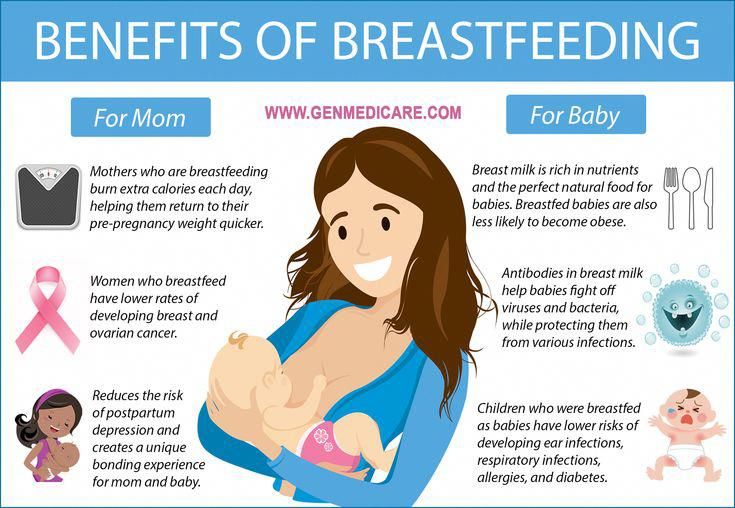
\n
\nIn addition, early recognition of cases, combined with ongoing care for child victims of abuse and their families, can help reduce re-abuse and its consequences.
\n
\nFor maximum impact, prevention and care interventions are recommended by WHO as part of a four-pronged public health approach:
\n
- \n
- identifying the problem;\n \n
- identifying causes and risk factors; \n
- development and testing of measures aimed at minimizing risk factors; \n
- disseminate information on the effectiveness of interventions and scale up proven effective interventions.\n \n
\n
WHO activities
\n
\nWHO in collaboration with a number of partners in the following areas:
\n
- \n
- provides technical and normative guidance for evidence-based child abuse prevention;\n \n
- calls for greater international support for and investment in evidence-based child abuse prevention region; \n
- provides technical support for evidence-based child abuse prevention programs in certain low- and middle-income countries.
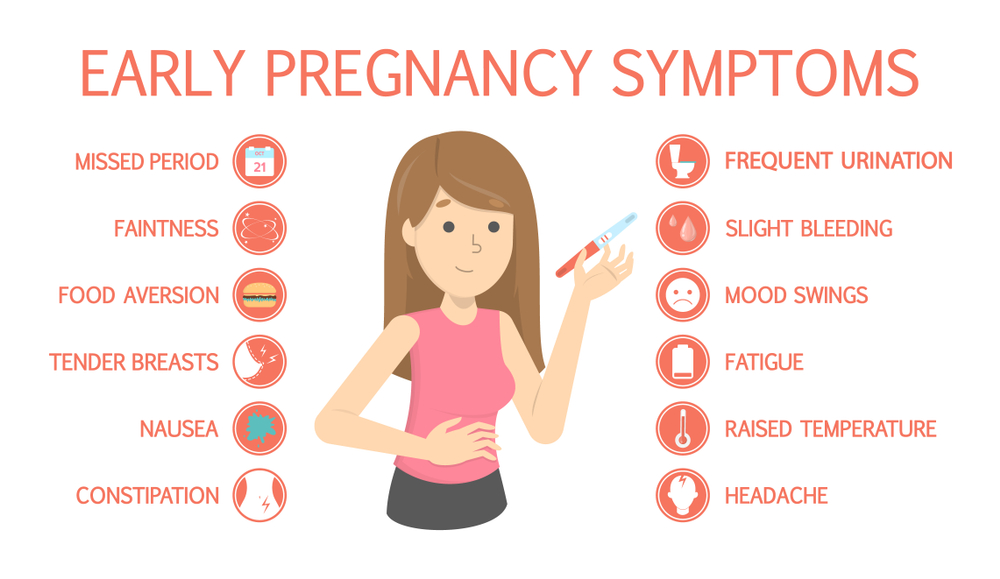 \n
\n
","datePublished":"2022-09-19T19:00:00.0000000+00:00","image":"https://cdn.who.int/media/images/default-source/ imported/children-running-jpg.jpg?sfvrsn=50512cc9_2","publisher":{"@type":"Organization","name":"World Health Organization: WHO","logo":{"@type" :"ImageObject","url":"https://www.who.int/Images/SchemaOrg/schemaOrgLogo.jpg","width":250,"height":60}},"dateModified":"2022- 09-19T19:00:00.0000000+00:00","mainEntityOfPage":"https://www.who.int/ru/news-room/fact-sheets/detail/child-maltreatment","@context": "http://schema.org","@type":"Article"};
Key facts
- One in 5 women and 1 in 13 men report being sexually abused as children.
- The consequences of child maltreatment include lifelong physical and mental health damage, and its social and professional consequences can ultimately slow down the economic and social development of a country.
- Child maltreatment can be prevented - this requires a multisectoral approach.
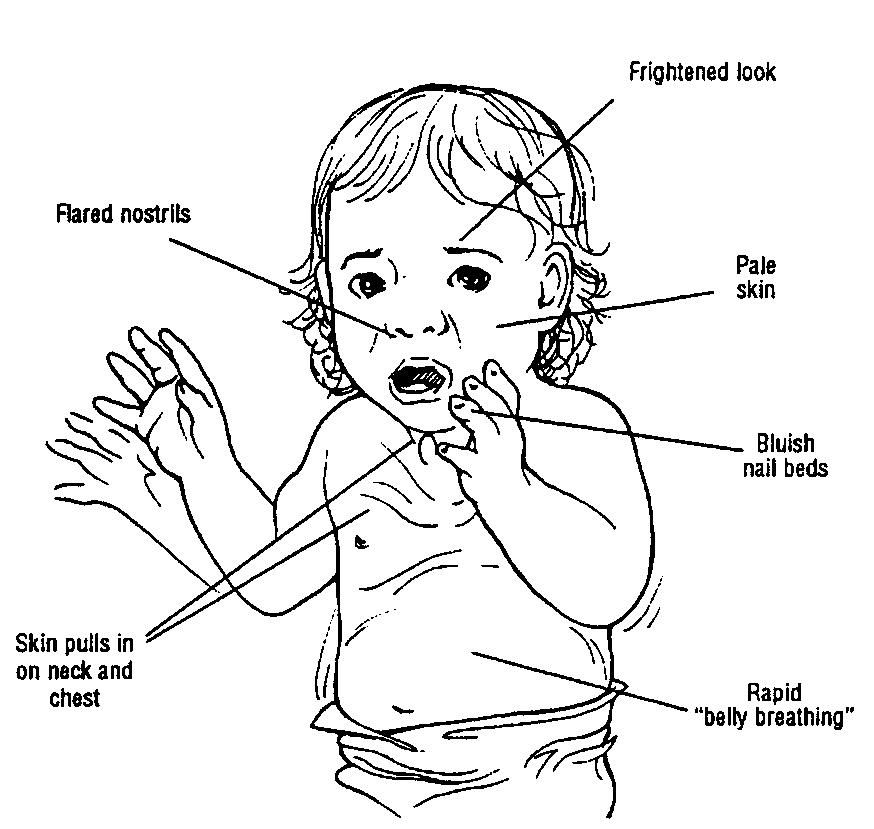
- Effective prevention programs can support parents and teach them positive parenting skills.
- Continued care for children and families can help reduce the risk of re-abuse and minimize its consequences.
Child abuse is the mistreatment and neglect of children under the age of 18. It covers all types of physical and/or emotional abuse, sexual abuse, neglect, neglect and commercial or other exploitation that results in actual or potential harm to the health, survival, development or dignity of the child in the context of a relationship of responsibility, trust or power. . Intimate partner violence is also sometimes considered a form of child abuse.
Magnitude of the problem
Child abuse is a global problem with serious lifelong consequences. Although studies have recently been carried out in some low- and middle-income countries, much data is still lacking.
Child abuse is a complex and difficult issue to study. Available estimates vary widely depending on the country and the research method used. Grades depend on the following aspects:
Grades depend on the following aspects:
- applicable definitions of child abuse;
- type of child abuse being studied;
- coverage and quality of official statistics;
- coverage and quality of surveys that require reports from victims themselves, parents or caregivers.
However, international studies show that one quarter of all adults were physically abused as children, and that 1 in 5 women and 1 in 13 men were sexually abused as children. In addition, many children are victims of emotional (psychological) abuse and neglect.
An estimated 41,000 murders of children under the age of 15 occur each year. This figure underestimates the true extent of the problem, as a significant proportion of child abuse deaths are incorrectly attributed to falls, burns, drowning, and other causes.
In armed conflict and refugee camps, girls are particularly vulnerable to sexual violence, exploitation and abuse by the military, security forces, other members of their communities, humanitarian workers and others.
Consequences of abuse
Child abuse causes suffering to children and families and can have long-term consequences. Abuse leads to stress, which is associated with impaired early brain development. Extreme stress can disrupt the development of the nervous and immune systems. As a result, in adulthood, people who were abused as children are at increased risk of behavioral and physical and mental health problems, such as:
- committing violence or becoming a victim of violence;
- depression;
- smoking;
- obesity;
- high risk sexual behavior;
- unplanned pregnancy;
- harmful use of alcohol and drugs.
As a result of these behavioral and mental health consequences, abuse can lead to heart disease, cancer, suicide, and sexually transmitted infections.
In addition to health and societal impacts, child maltreatment also has economic impacts, including the cost of hospitalization, mental health treatment, child care, and long-term health costs.
Risk factors
Risk factors for child abuse have been identified. These risk factors are not present in all social and cultural settings, but they give a general idea when trying to understand the causes of child abuse.
Child
It is important to emphasize that children are victims and should never be blamed for abuse. Certain individual characteristics of a child may increase the likelihood of abuse:
- child under 4 years of age or adolescent;
- an unwanted child or a child that does not live up to the expectations of the parents;
- a child with special needs, constant crying or abnormal physical features.
Parents or caregivers
Certain characteristics of parents or caregivers may increase the risk of child abuse. Among them are the following:
- difficulties associated with the newborn;
- leaving a child unattended;
- childhood abuse;
- ignorance of child development or unrealistic expectations;
- harmful use of alcohol or drugs, including during pregnancy;
- involvement in criminal activity;
- experiencing financial difficulties.

Relationships
A number of factors in family relationships or between sexual partners, friends and peers can increase the risk of child abuse, for example:
- a family member's physical or mental health or developmental problems;
- discord in the family or violence between other family members;
- isolation in the community or lack of a support circle;
- lack of support in raising a child from other family members.
Community and social factors
A number of characteristics of individual communities and communities can increase the risk of child abuse. They include:
- gender and social inequality;
- Lack of adequate housing or family support services and institutions;
- high levels of unemployment and poverty;
- easy access to alcohol and drugs;
- inadequate policies and programs to prevent child abuse, child pornography, child prostitution and child labor;
- social and cultural norms that support or glorify violence against others, favor the use of corporal punishment, require rigid gender roles, or degrade the status of the child in parent-child relationships;
- social, economic, health and educational policies that lead to poor living standards or socioeconomic inequality or instability.
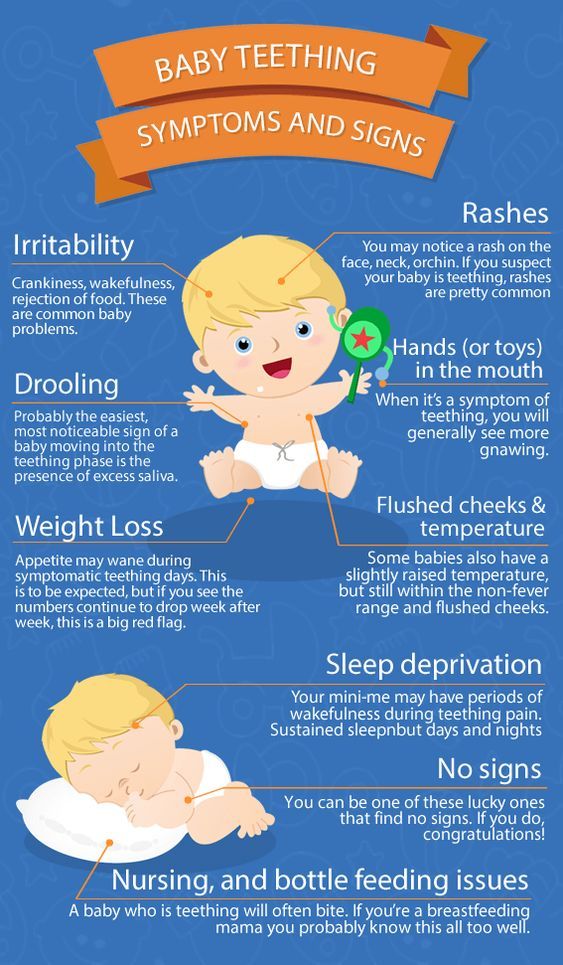
Prophylaxis
A multisectoral approach is needed to prevent child maltreatment. Effective programs are those that support parents and instill positive parenting skills. These include:
- home visits by nurses to parents and children for support, education and information;
- Parent education, usually in groups, to improve child-rearing skills, increase knowledge of child development, and encourage positive child-care strategies; and
- multi-component activities, usually including parent support and education, early childhood education and childcare.
Other prevention programs are also promising in some respects.
- Abuse head injury prevention programs (also called shaken baby syndrome and traumatic brain injury). These are usually hospital-level programs targeting young parents prior to their discharge, educating them about the dangers of shaken baby syndrome and recommending interventions for inconsolably crying babies.

- Child sexual abuse prevention programs. They are usually held in schools and educate children in the following areas:
- ownership of one's body;
- difference between good and bad touches;
- how to recognize threatening situations;
- how to say "no";
- how to talk about abuse to a trustworthy adult.
Such programs are effective in increasing protective factors against child sexual abuse (eg, knowledge about sexual abuse and protective behaviours), but there is no data on whether such programs reduce other types of violence.
The earlier in a child's life such interventions are, the more beneficial they are for the child (eg cognitive development, behavioral and social competence, educational training) and society (eg reduction in delinquency and crime).
In addition, early recognition of cases, combined with continued care for child victims of violence and families, can help reduce re-abuse and its consequences.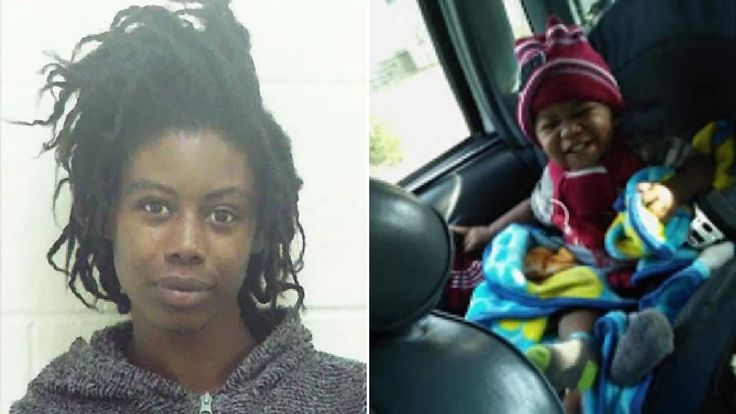
For maximum impact, prevention and care interventions are recommended by WHO as part of a four-step public health approach:
- problem definition;
- determination of causes and risk factors;
- development and testing of measures aimed at minimizing risk factors;
- disseminate information on the effectiveness of interventions and scale up proven effective interventions.
WHO activities
WHO is collaborating with a number of partners in the following areas:
- provides evidence-based technical and normative guidance on child maltreatment prevention;
- calls for increased international support for and investment in evidence-based child abuse prevention;
- provides technical support for evidence-based child abuse prevention programs in selected low- and middle-income countries.
Child Abuse - Evidence-Based Medicine for All
Child Abuse is a serious, common and multifaceted problem that goes far beyond the obvious bruises and fractures.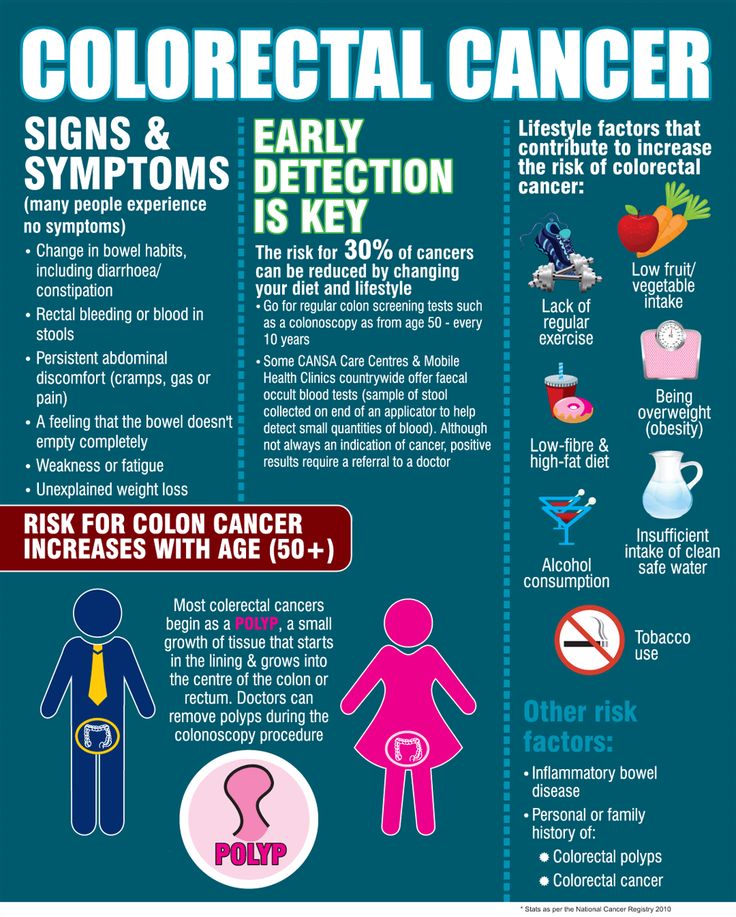 Usually only physical abuse is noticeable, but child abuse has many other forms, such as emotional neglect and neglect, which are not so noticeable to others, but leave no less deep “scars” on the little person.
Usually only physical abuse is noticeable, but child abuse has many other forms, such as emotional neglect and neglect, which are not so noticeable to others, but leave no less deep “scars” on the little person.
Child sexual abuse prevention programs. Results
According to the latest global review of scientific studies...
Ignoring the child's needs, leaving the child in a dangerous situation with a high risk of injury or death, humiliating the child and persuading the child to be a useless burden are some examples of abuse. All of them have one thing in common: they inflict deep emotional trauma on the child.
Not only a pediatrician can help in solving this problem, but also any responsible adult . However, for this it is necessary to know not only the types of abuse and their symptoms, but also the correct algorithms of actions.
Myths and facts about child abuse
Myth #1: Child abuse is only when a parent beats a child.

Fact: Physical abuse is just one form of child abuse . Neglect and emotional abuse can be just as devastating to a child, and their lesser visibility greatly reduces the chance of third parties intervening and identifying the problem.
Child abuse prevention. Guideline AAP
American Academy of Pediatr...
Myth #2: Only bad people abuse their children.
Fact: Despite the apparent obviousness of such an opinion, the world is still not divided into "black" and "white". Not all of these parents harm their children intentionally. Many of them themselves were victims of violence in childhood, and simply copy this behavior pattern on their children. Others suffer from mental illness or drug addiction.
Myth #3: Child abuse never happens in “good” families.
Fact: Child abuse doesn't just happen in poor families or bad neighborhoods. This problem transcends racial, economic or cultural boundaries.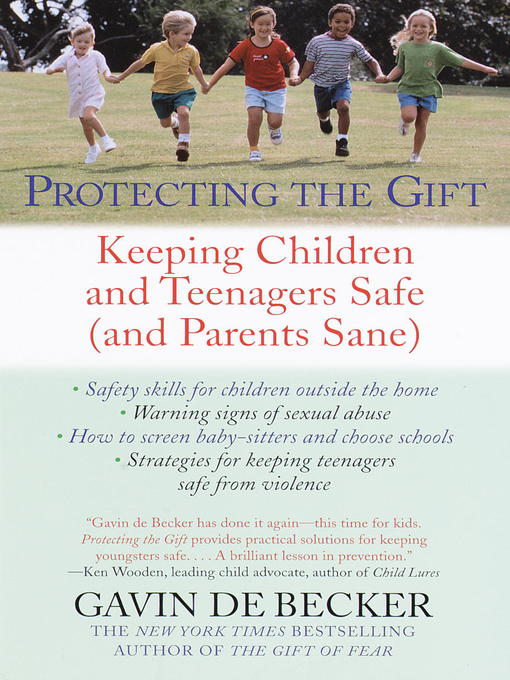 There are some families that seem exemplary to everyone, but very ugly things are hidden behind the doors of their houses.
There are some families that seem exemplary to everyone, but very ugly things are hidden behind the doors of their houses.
Myth #4: Most children suffer at the hands of strangers.
Fact: Violence by strangers happens, but in most cases the aggressor is a family member or closest family friend.
Myth #5: Abused children always grow up to be cruel people.
Fact: Yes, these children are at risk, and often unconsciously reproduce the pattern of abuse on their own children. On the other hand, many abused adults have a very strong motivation to protect their own children from what they themselves have gone through, and therefore become excellent parents.
Consequences of child abuse
All types of child abuse leave deep scars. Some of these scars may be physical, but the emotional traumas are just as important, they have long-term consequences, affect the rest of their lives, damage the mental health of the child, distort self-awareness, suppress the ability to have healthy relationships with other people, the ability to function normally at home, at school.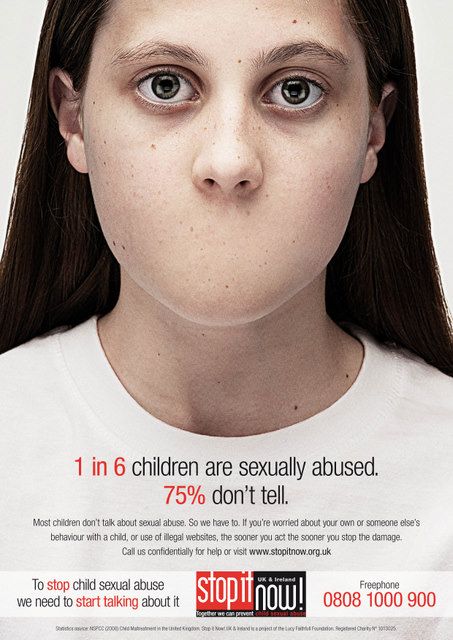 or at work.
or at work.
Teenage suicides. Cause analysis
Study shows that teenage suicide...
Some consequences of child abuse:
- Lack of trust in others, difficulties in building relationships with others. If you can't trust your own parents, who can you trust anyway? Parental abuse shakes the very foundation of future interpersonal relationships. If there is no basis of parental love, trust, respect, then it is extremely difficult to learn to trust other people, or even to understand which of them is trustworthy. This can lead to fear of relationships or attachments, for fear of being subjected to strict control or violence. It can also lead to unhealthy relationships, simply due to a lack of experience with normal interpersonal relationships.
- Fundamental feelings are devalued or distorted. If a child was not told over and over again in childhood that he is smart, that he is handsome, dexterous, strong, loved and can do everything in the world - later it is extremely difficult for him to believe in this.
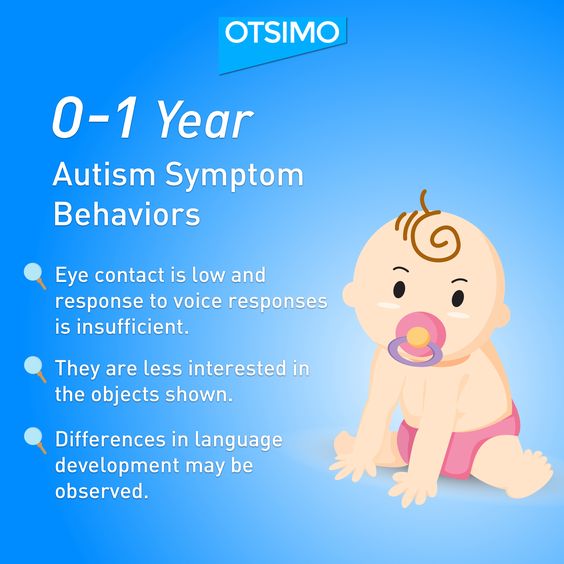 Such a person is prone to extremely low self-esteem, he does not strive to get a good education, he accepts a low-paying job because he does not believe that something more can or is worth something. Especially deep psychological trauma in children who have suffered sexual abuse: the yoke of shame, self-doubt and distrust of others - haunts such people until old age.
Such a person is prone to extremely low self-esteem, he does not strive to get a good education, he accepts a low-paying job because he does not believe that something more can or is worth something. Especially deep psychological trauma in children who have suffered sexual abuse: the yoke of shame, self-doubt and distrust of others - haunts such people until old age. - Problems with expressing emotions . Chronically abused children were unable to safely express their emotions. As a result, emotions were distorted in the most ridiculous way. As adults, these people experience bouts of unexplained anxiety, depression, or anger. To suppress these painful feelings, they often resort to alcohol or drugs.
Types of child abuse
There are several types of child abuse , but the main element that unites them is the negative emotional impact on the child. Children need predictability, structure, clear boundaries; they need to be sure that their safety is extremely important to parents.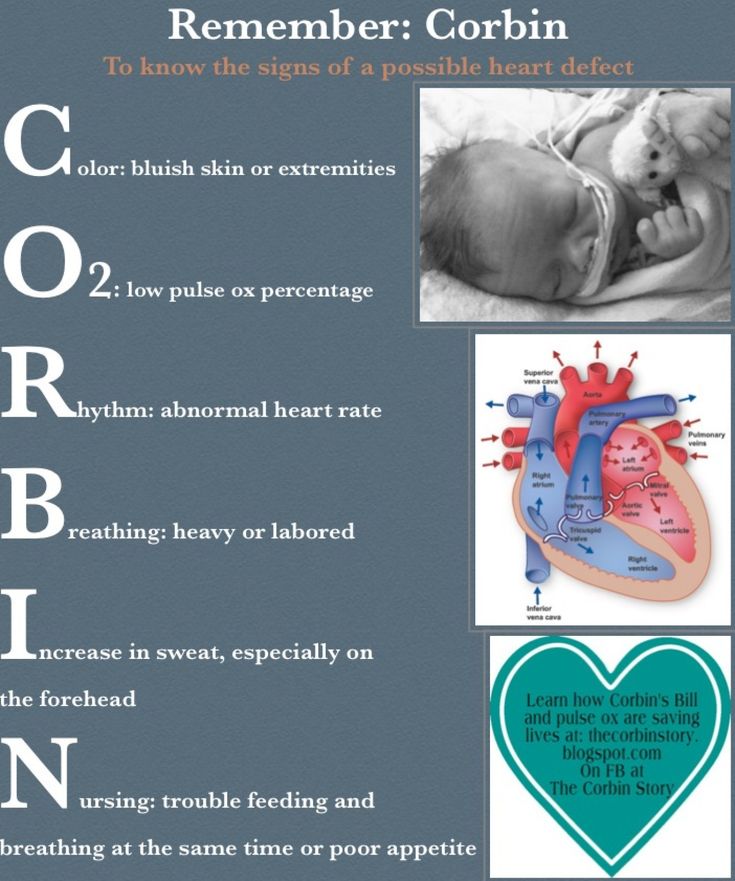 However, in dysfunctional families, children can never predict the actions of their parents. The world of these children is unpredictable, it is a scary place without rules. What will happen now: will they give him a slap in the face, shout sternly, ignore him? Will dinner be on the table tonight? This uncertainty destroys the child's sense of security, and in return gives a feeling of uncertainty and loneliness.
However, in dysfunctional families, children can never predict the actions of their parents. The world of these children is unpredictable, it is a scary place without rules. What will happen now: will they give him a slap in the face, shout sternly, ignore him? Will dinner be on the table tonight? This uncertainty destroys the child's sense of security, and in return gives a feeling of uncertainty and loneliness.
Emotional abuse of a child
Sticks and stones can break bones, but words can hurt just as much. Emotional abuse can seriously damage a child's mental health, disrupt their social development, and the consequences of such psychological trauma can poison that person's life well into old age. Examples of emotional abuse of children include:
AAP Guidelines for the Prevention of Teenage Suicide 2016
The American Academy of Pediatrics (AAP) has updated its guidelines...
- Constant humiliation, censure and reproaches towards the child.

- Constant negative comparison with other children.
- Convincing the child that there is nothing good in him, that he is "not worth anything", that he is "bad", that he is a "burden" or "mistake" of his parents.
- Frequent yelling, threats or intimidation of the child.
- Ignoring a child for the sake of punishment, or out of a feeling of disgust in him.
- Restriction of physical contact with the child: depriving him of hugs, kisses, or other manifestations of parental love.
- Violence in the presence of a child against a spouse, brothers or sisters, pets.
Failure to fulfill basic parental responsibilities
Child neglect is an extremely common type of child abuse. It consists in the failure of parents to perform the most basic functions, such as adequate food for the child, clothing, hygiene products, or parental care. Child neglect is not always obvious.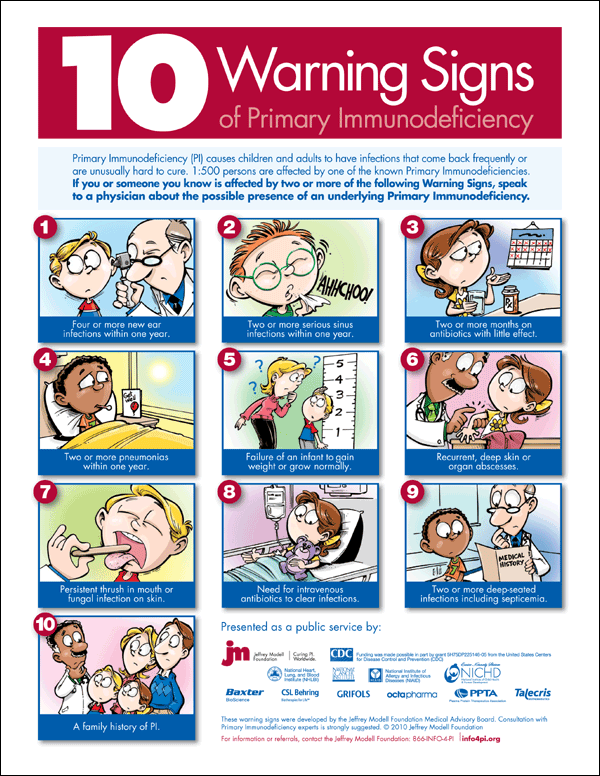 Sometimes a parent may suddenly lose the ability to care for a child due to severe trauma, depression or anxiety. But most often neglect and leaving the child in danger is associated with the abuse of alcohol or drugs.
Sometimes a parent may suddenly lose the ability to care for a child due to severe trauma, depression or anxiety. But most often neglect and leaving the child in danger is associated with the abuse of alcohol or drugs.
Older children may not show signs of neglect to strangers, they sometimes take on the role of caring for their parents. But their own physical and emotional needs remain unmet.
Physical abuse of a child
Physical abuse is the infliction of bodily harm, injury to a child. This may be the result of a deliberate attempt to harm the child, or it may be the involuntary consequence of unbridled anger. It may also be the result of severe discipline; methods such as spanking or other corporal punishment that is inappropriate because of the child's age or physical condition.
Many parents and guardians who physically abuse children insist that their actions are only a form of discipline, that they are raising a child in this way. However, there is a clear line between the use of physical punishment for the sake of discipline and physical abuse of a child: raising a child, teaching him to distinguish good from evil, should not be accompanied by chronic fear.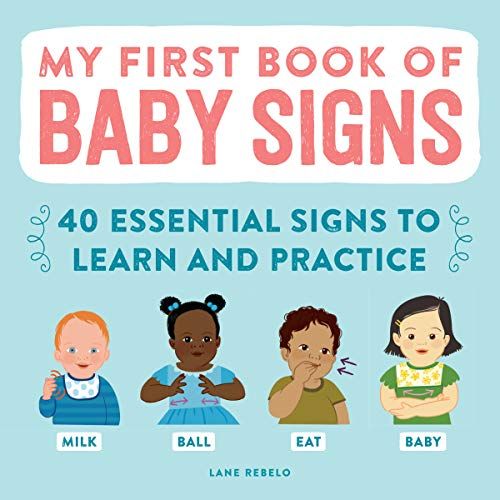
Differences between physical abuse and strict discipline
Physical violence, unlike physical punishment, contains the following elements:
Unpredictability . The child never knows what will provoke physical punishment and the anger of the parent. There are no clear boundaries or rules in the family. The child is forced to constantly be in fear, because he is not sure that his next action will not provoke the parent to beating.
Adolescent depression
Adolescent depression is a serious medical problem...
Dependence on the degree of anger. The severity of physical punishment depends on the degree of anger and is motivated by the desire to assert control, and does not at all correlate with the degree of misconduct, is not caused by the motivation of love and education of the child.
Using fear as a regulator of behavior . Parents who use physical violence believe that their children should be afraid of them. They deliberately keep the child in fear so that he "does not come loose", and often use beatings for this. However, in reality, they teach the child only how to avoid hits and beatings, and not at all how to behave correctly, or in which direction their personality should develop.
Parents who use physical violence believe that their children should be afraid of them. They deliberately keep the child in fear so that he "does not come loose", and often use beatings for this. However, in reality, they teach the child only how to avoid hits and beatings, and not at all how to behave correctly, or in which direction their personality should develop.
Child sexual abuse: a hidden form of abuse
Child sexual abuse is the most difficult form of abuse, because it is hidden under a thick layer of mystery, guilt and shame. It is important to understand that sexual abuse does not always involve genital contact. Having sex in front of a child, showing him sexual material, looking at a child's genitals without physical contact, or filming child erotica or pornography are also forms of sexual abuse.
When newspapers or TV talk about a sex maniac, a pedophile who kidnapped and raped children, we feel justified anger and hatred. But you must understand that this is not usually how sexual abuse happens.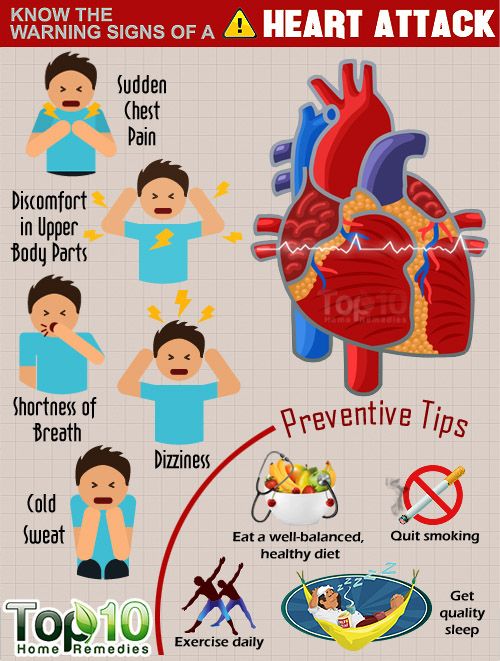 More often than not, the danger comes from a close relative or family friend, someone the child knows well and trusts. This type of violence is not limited to teenage girls. Boys and girls, regardless of age, can be sexually abused by an adult. Children stubbornly hide cases of sexual abuse against themselves, because of shame, guilt, fear of punishment and ridicule.
More often than not, the danger comes from a close relative or family friend, someone the child knows well and trusts. This type of violence is not limited to teenage girls. Boys and girls, regardless of age, can be sexually abused by an adult. Children stubbornly hide cases of sexual abuse against themselves, because of shame, guilt, fear of punishment and ridicule.
Shame and guilt in children who have been sexually abused
In addition to the physical damage that can be caused by sexual abuse, the emotional component causes powerful trauma with far-reaching consequences. Children who have been sexually abused suffer from feelings of shame and guilt. They very often consider themselves guilty of what happened, believe that they themselves provoked an adult, and underestimate his guilt. This can provoke a strong hatred of the child, and serious sexual problems with age; can lead to excessive promiscuity, or vice versa - the inability to have intimate relationships.
Shame from experienced sexual abuse greatly hinders the harmonious development of the child. Such children experience a lot of anxiety: they worry that other children will not believe them, will be angry with them, tease them; they are afraid that by telling about what happened, they will provoke a divorce of their parents. Because of all these obstacles, false accusations from a child of sexual abuse committed against him are extremely rare, so if a child has told you about it - do not try to ignore this statement!
Signs of child abuse
The sooner a child is abused, the better their chances of recovery. Child abuse is not always obvious. However, by noticing some indirect signs of child abuse, you can identify the problem and try to protect the child from the abuser.
Of course, the presence of such symptoms is not in itself conclusive evidence that a child is being abused. But these symptoms will make you alert and take a closer look at this family.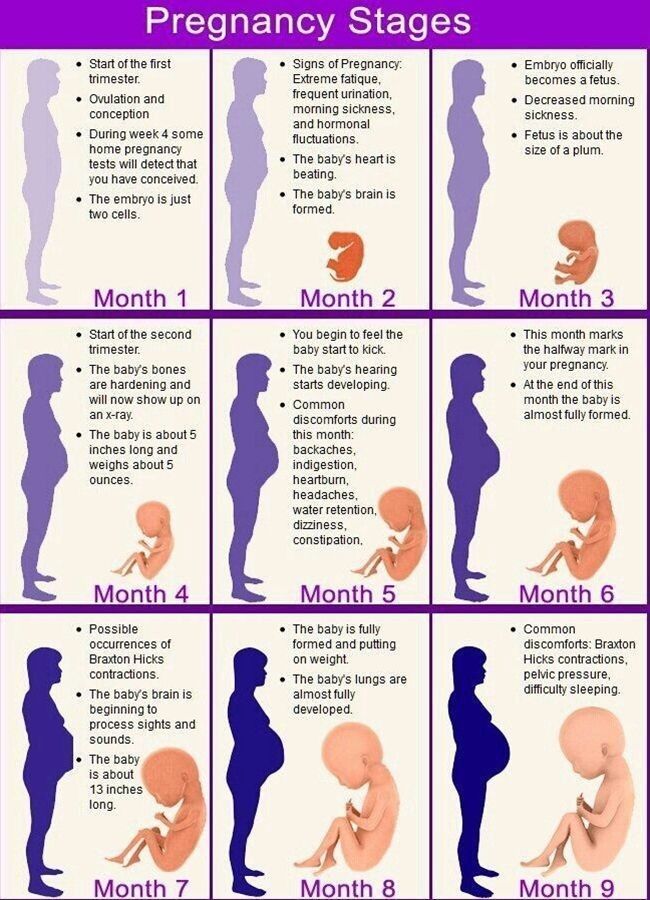
Symptoms of emotional abuse in a child:
- Excessive fearfulness, anxiety, doubt or worry that he is doing something wrong.
- Exaggerated behavioral extremes (too malleable or too demanding; excessive passivity or assertive aggression).
- No attachment to a parent or guardian.
- Behavior that is too adult (taking care of other children) or behavior that is too infantile (rocking, sucking thumb, throwing tantrums).
Symptoms of physical abuse in a child:
- Frequent injuries or unexplained bruising, scarring, or cuts.
- The child is always on the alert, as if something bad is about to happen.
- The child's injuries have a clear violent "handwriting", for example, an even belt mark, or fist marks.
Youth subcultures. Impact on suicide rates in adolescents
Almost half of the "alternative" teenagers are .
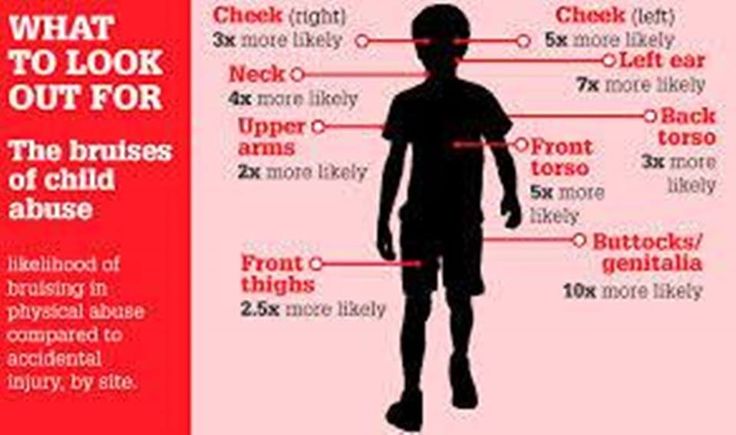 ..
.. - The child avoids touching, shudders at sudden movements, is afraid to go home.
- Wears inappropriate clothing to mask injuries, such as a long-sleeved shirt on a hot day.
Symptoms of neglect in a child
- Unsuitable for the weather, situation; or dirty clothes.
- Constantly low level of personal hygiene (smell of sweat, tangled unwashed hair, etc.).
- Physical injury or disease for which there is no adequate treatment.
- The child is often unsupervised, or plays in dangerous places, or engages in games that are dangerous to life and health.
- Is often late or skips school.
Warning signs of sexual abuse in children
- Trouble sitting or walking.
- Demonstrates excessive knowledge or excessive interest in the topic of sex, inappropriate for this age, or even attempts to act seductively.
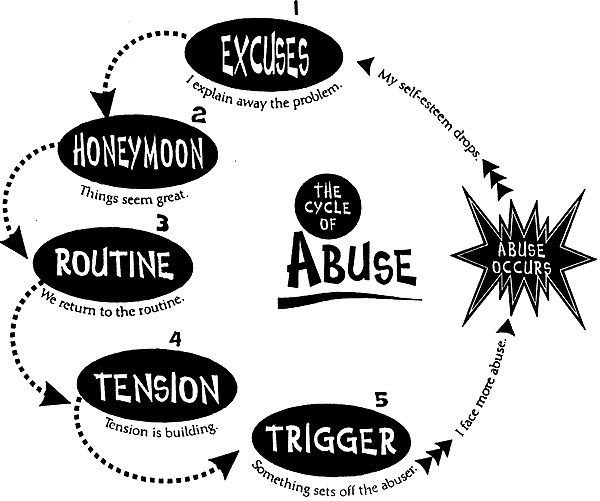
- Makes great efforts to avoid meeting a specific person for no apparent reason.
- Does not want to change in front of an adult, although this was not a problem before; avoids physical contact (such as hugs).
- Sexually transmitted infections or pregnancy, especially before the age of 14 years.
- Escapes from the house.
Risk factors for child maltreatment
Although child maltreatment occurs in all families, even those that appear to be very prosperous to others, there are still some circumstances that increase the risk of child maltreatment.
Fathers and sons. On the formation of attitudes towards alcohol
A study from Taiwan examined the impact of parental behavior...
Domestic violence. Violence in the family, occurring in front of a child, is the strongest traumatic factor in itself. Even if the mother does everything possible to protect her children from violence, even if the father never touches the children, but regularly beats the mother, the situation does not become less destructive.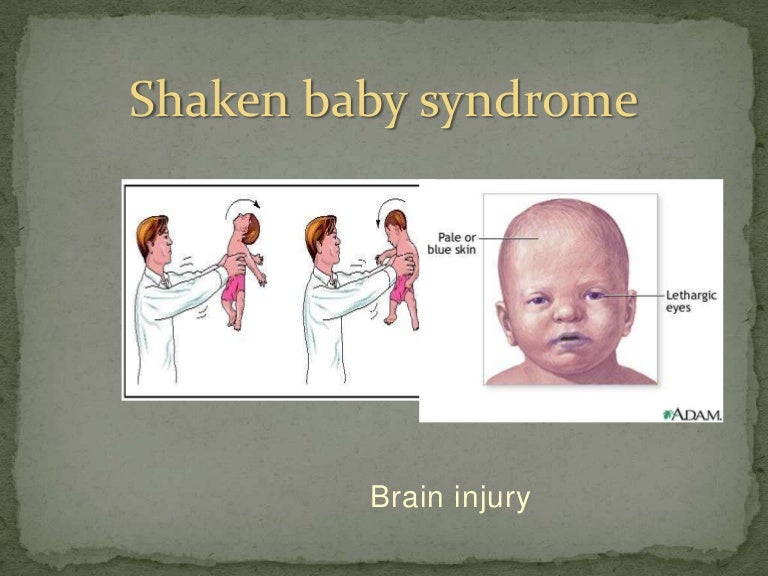 If the spouse began to regularly beat his wife, the best way to protect children is to break such a marriage.
If the spouse began to regularly beat his wife, the best way to protect children is to break such a marriage.
Alcohol and drug addiction. Living in a family with an alcoholic or drug addict is a difficult ordeal for children and can easily lead to abuse and neglect at any time. Drunk parents are unable to care for their children, make good parenting decisions, and control their often dangerous impulses. Substance abuse also often leads to physical abuse.
Mental illness of a family member without adequate treatment . Parents who suffer from depression, anxiety disorders, bipolar disorders, or other mental illnesses cannot always take care of themselves, much less their children. A mentally ill parent often leaves their children unsupervised, or quickly erupts into unreasonable anger. Adequate treatment of mental illness often avoids these phenomena and improves the quality of care for children.
Lack of child-rearing skills. Some parents do not have the most basic childcare and parenting skills.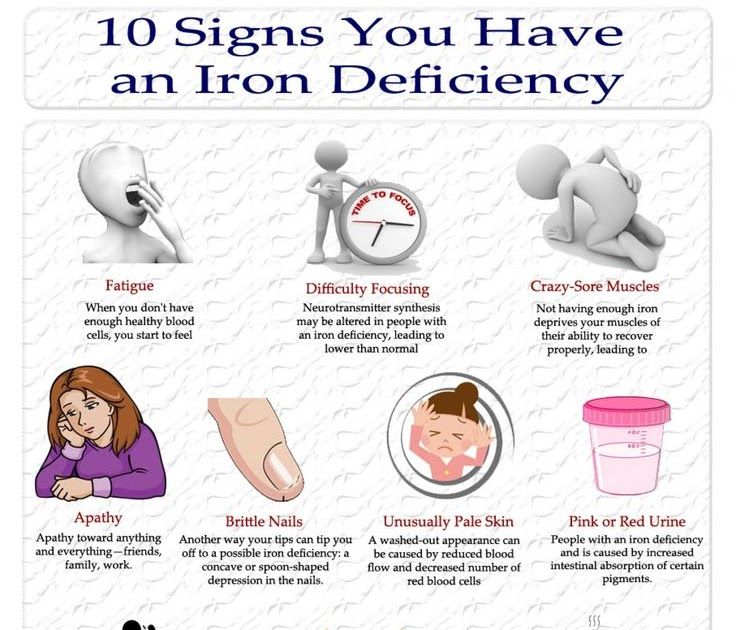 For example, teen parents may have unrealistic ideas about what it takes to care for young children. Or parents who themselves were victims of childhood abuse simply do not imagine that their own children can be brought up in any other way. In such cases, a parenting school, psychotherapy, and parent support groups help to acquire the necessary parenting skills.
For example, teen parents may have unrealistic ideas about what it takes to care for young children. Or parents who themselves were victims of childhood abuse simply do not imagine that their own children can be brought up in any other way. In such cases, a parenting school, psychotherapy, and parent support groups help to acquire the necessary parenting skills.
Stress and lack of support . Raising a child is a serious job, especially if you have to do it alone, without the support of family, friends or society; especially if the parent is in serious financial difficulty. Caring for a child with a disability, special care needs, or behavioral difficulties is also a major challenge. It is extremely important to receive emotional and physical support in such situations.
Recognize inappropriate behavior in yourself
What to do if you suddenly found out your child in the described situations, what to do if you are this aggressor? Do you want to fix it? Do you feel angry, frustrated, and do not know where to turn? Raising children is one of life's greatest challenges, and can cause anger and frustration in the most tempered of characters.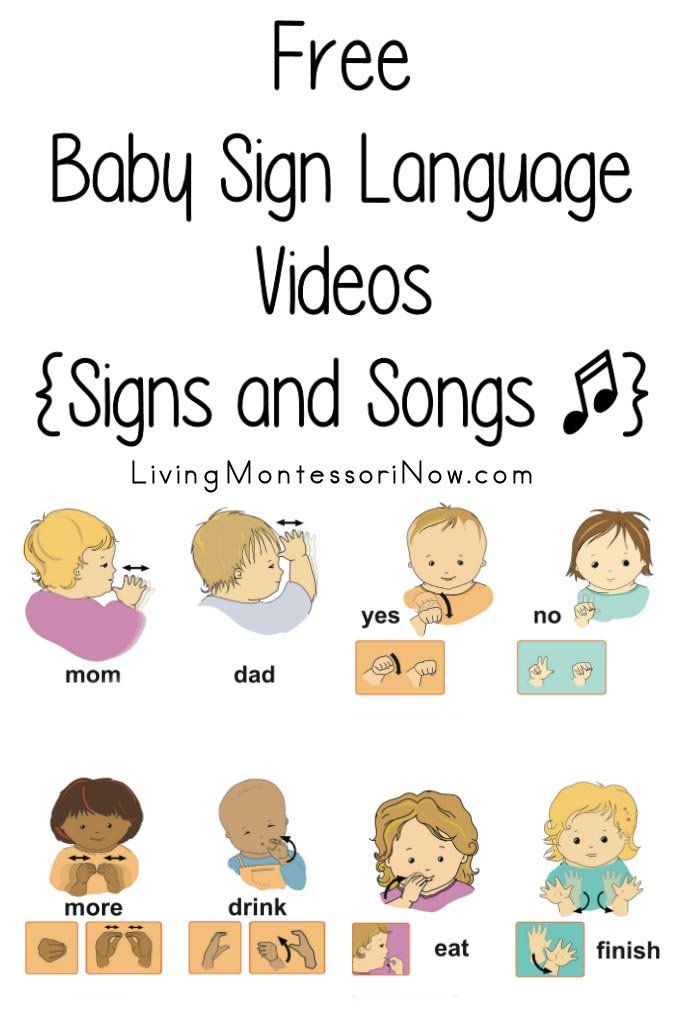 If you grew up in a family where swearing, yelling or physical abuse was the norm, you may not know other ways to raise your children.
If you grew up in a family where swearing, yelling or physical abuse was the norm, you may not know other ways to raise your children.
Bullying. Consequences
It is known that child abuse does not go unnoticed...
Admitting you have a problem is the biggest step to getting help. If you yourself have been abused, you know how difficult it is for your children right now. Perhaps unfair and cruel punishments were imposed on you, and your mother was too drunk to cook dinner. It may have been normal for your parents to call you a fool, a clumsy mattress, or a worthless child. Perhaps your father regularly beat your mother in front of you.
We are adults and we have the opportunity to look back. We can recognize and manage the situation. Reread the sections above and think about what you are doing? What did you experience yourself when you were a child? Below is a list of symptoms that indicate that you have crossed the line of good and evil and are being cruel and inappropriate to your children.
How do you know that you yourself have crossed the line?
- You can't stop your anger. You sometimes shake the baby, or throw him. You scream at him at the top of your lungs and you can't stop yourself.
- You feel emotionally detached from your child. You often feel so overwhelmed that you have no desire to take care of your child. Day after day, and you just want the house to be quiet so that the child will just leave you alone.
- Your child's daily needs seem impossible to meet. If you fail to swaddle your baby, feed or take him to school every day, this is a sign that the situation is getting out of control.
- Other people express concern about the situation in your family. This may make you angry with them, you may think that it is none of their business. Maybe you're right. Still, think carefully about what they say. Are their claims justified?
How to break the vicious circle of child abuse?
If you were abused as a child, having children of your own can bring back forgotten memories and feelings.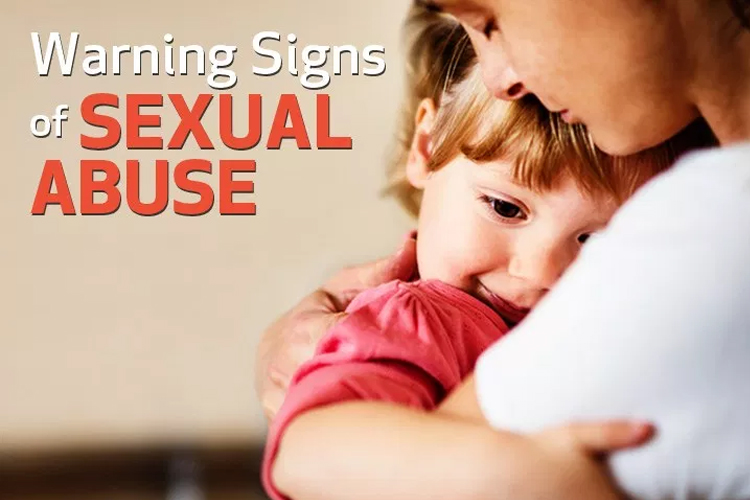 This can happen immediately after childbirth, or much later. You may be shocked or depressed that you can no longer control your anger. However, know that you can learn new ways to manage your emotions and break old vicious patterns.
This can happen immediately after childbirth, or much later. You may be shocked or depressed that you can no longer control your anger. However, know that you can learn new ways to manage your emotions and break old vicious patterns.
Remember that you are the most important person in your child's world. This is a great reason to change, and you won't be alone on this journey - help and support are available to you.
A few tips
- Find out what is normal at each age of the child and what is not. Read books on parenting. If you have the right knowledge, you will not demand the impossible from your child, and this will help you avoid disappointment and anger at the usual behavior of the child. For example, newborns should not sleep all night without food, and babies are not at all going to sit quietly in one place for a long time.
- Learn new parenting skills. It is not enough to restrain negative emotions, it is not enough to know what not to do - it is extremely important to know what to do instead of all this.
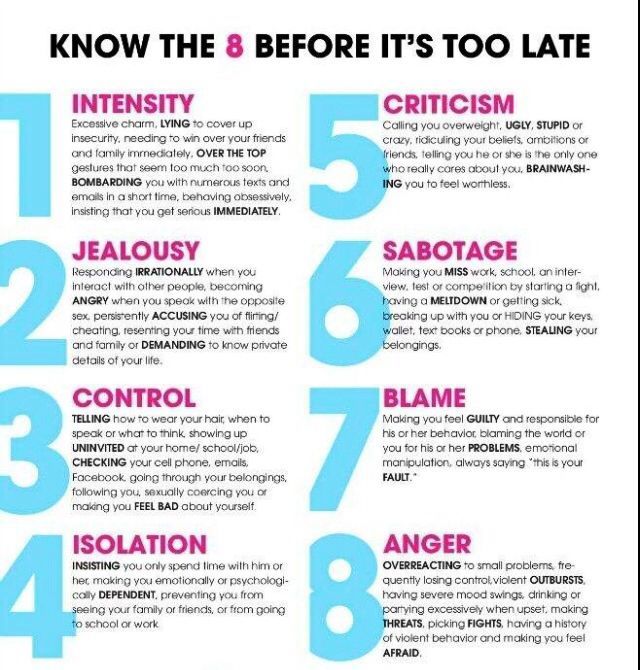 Start by learning the right parenting methods and setting clear rules and boundaries for your children. Parenting classes, books, and workshops are just some of the ways in which this information and these skills can be acquired. You can also seek help from other parents, often from them you can get surprisingly simple and effective advice and recommendations.
Start by learning the right parenting methods and setting clear rules and boundaries for your children. Parenting classes, books, and workshops are just some of the ways in which this information and these skills can be acquired. You can also seek help from other parents, often from them you can get surprisingly simple and effective advice and recommendations. - Take care of yourself. If you yourself do not get enough rest and support, or if you feel overwhelmed and tired, then you will be able to succumb to anger much more easily. Sleep deprivation, so common among parents of young children, makes you more irritable and tired - which is exactly what you are trying to avoid.
- Get professional help. Breaking the cycle of domestic violence can be very difficult. If you can't stop yourself despite your best efforts, it's time to seek professional help. This is psychotherapy, parent school or psychiatric consultation. This is sometimes not easy to realize and not easy to do.
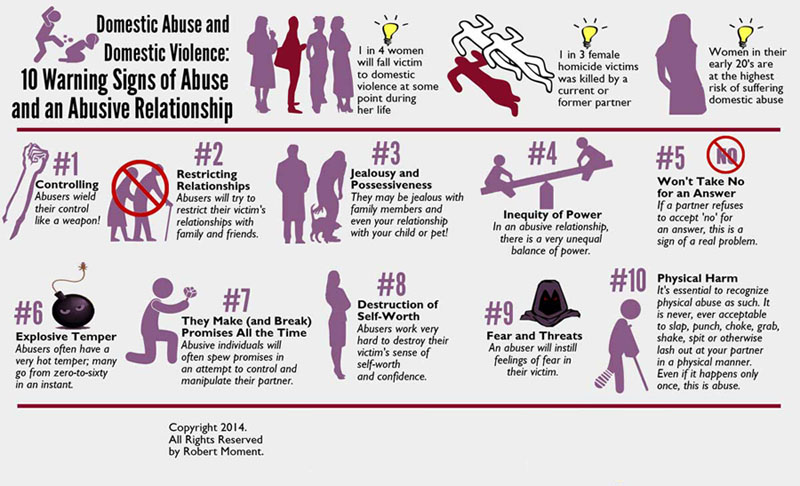 Gather your will into a fist and do it, you will be rewarded with the gratitude and love of your own children.
Gather your will into a fist and do it, you will be rewarded with the gratitude and love of your own children. - Find out how you can control your emotions. The first step to achieving this control is to realize that negative emotions exist. If you yourself were abused as a child, then you may have serious difficulties with the range of emotions. As a child, you may have denied or repressed them, and now they spill out of your control.
How to help someone else's child if you notice that he is being abused in the family?
What should you do if you have reason to suspect that a particular child is being abused in their family? How can you influence the situation? Or how to react if the child directly turned to you for help and protection from this situation? You may be confused or overwhelmed when faced with this situation, and this is completely normal. Child abuse is a very complex topic, very difficult to understand and even more difficult to change.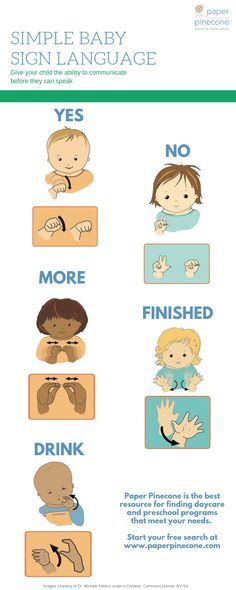
However, you should remember that if you manage to stop child abuse, you can drastically change his future fate in a positive direction. When talking to an affected child, the best thing you can do is calmly reassure him of your unconditional support. If you can't find the right words, let your deeds speak for you. Remember that abuse is extremely traumatic for a child. Your task is to calm the child and provide maximum support and help.
Tips for talking to an injured child
- Avoid denial, doubt, and remain calm . The news of child abuse may seem unbelievable to you, it may shock and upset you. However, if you show your child your disbelief, shock, or denial of what he is talking about, the child may immediately get frightened, shut up, and you will lose all further contact with him. Be as calm and as sympathetic as you can.
- Do not interrogate. Let the child tell you himself, in his own words, about what happened.
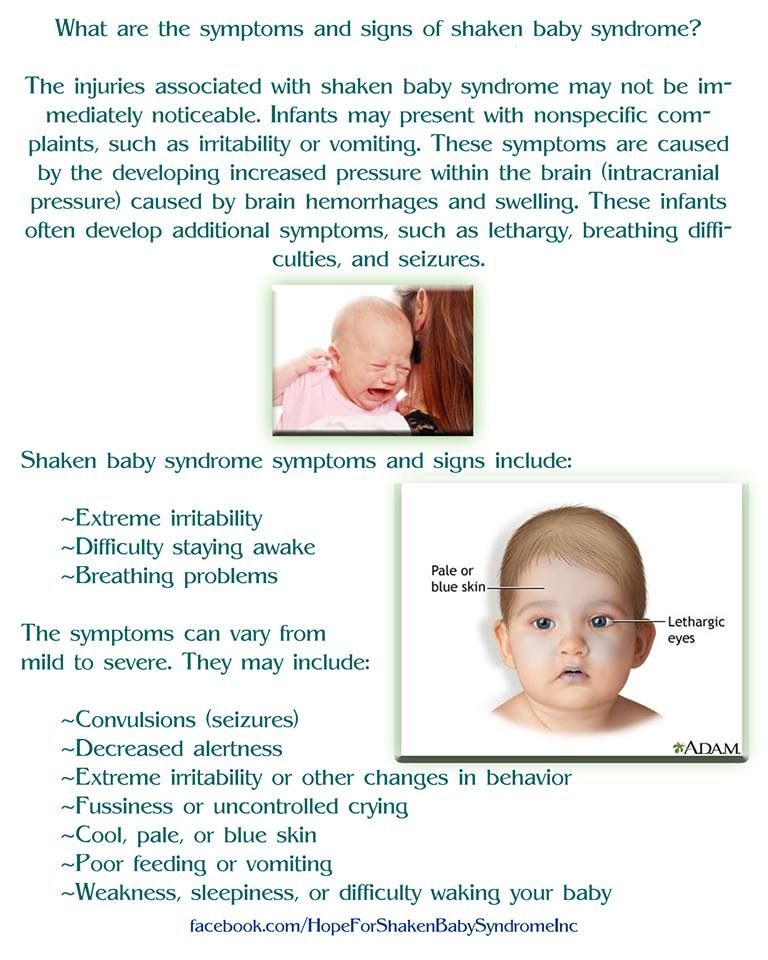 Do not interrogate the child, do not ask leading questions. This can confuse and excite the child, and make it difficult for him to continue the story.
Do not interrogate the child, do not ask leading questions. This can confuse and excite the child, and make it difficult for him to continue the story. - Convince the child that he is not to blame at all. Talking about such things is extremely difficult for a child; he often feels guilty for what happened, or for telling you this. It is extremely important to convince him of the opposite: the child is not to blame for what happened, and he acted boldly and correctly by telling you about it.
- Safety first. If you feel that your safety or the safety of your child will be threatened if you try to intervene, leave this job to the professionals. You can be much more helpful after the intervention of professionals, your support in the future can be extremely important for the child.
Report child abuse to child welfare authorities or the police
If you suspect a child is being abused in the family, it is important to let professionals help the family. Many people are afraid to report to the police because of officiality, others do not want to interfere in the lives of other families.
Many people are afraid to report to the police because of officiality, others do not want to interfere in the lives of other families.
There are many excuses that witnesses of family violence use to justify their inaction.
- I don't want to interfere in the affairs of someone else's family . The consequences of child abuse poison the entire future life of this child, affect future relationships with other people, suppress self-esteem, and, unfortunately, increase the risk of domestic violence that such a person will create when he grows up. Help break the vicious cycle of violence against this child, crippling the fate of several generations in a row.
- What if I destroy someone's family? The priority of the child protection service is to preserve the original family. Registering a family as dysfunctional does not at all mean the automatic removal of a child from the family to an orphanage, except in cases of a clear danger to the life and health of the child.
